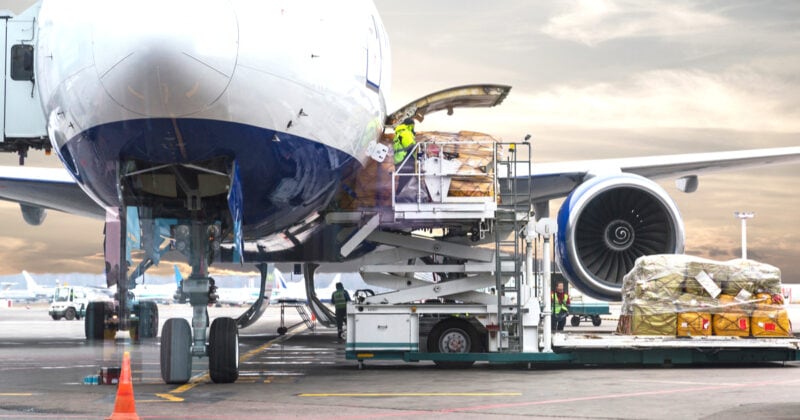
The supply chain industry has been anything but predictable over the past few years since the Covid pandemic began. With port congestions and consumer demand rising across the globe, 2022’s peak season is shaping up to be anything but normal.
For air cargo shippers to best prepare for the surge in demand, it’s crucial to start considering solutions as soon as possible. As the peak season approaches it will undoubtedly get busier and the challenges ahead shouldn’t be taken too lightly for retailers.
Data from recent International Air Transport Association research details that airfreight will account for 24.4% of total passenger and cargo airline sales, driving further capacity constraints for shippers looking to move cargo by air.
Regardless during peak season planning will need to go ahead. This years busy season is no different than any other and if shippers have anything to learn from the last few years is that air cargo is crucial to circumvent congestion and effectively navigate almost any delay. Between August and December every year there is always a hectic stretch and air carriers should expect retailers and wholesalers to look to them as a solution to get freight in around the congested ports. To help manage expectations a few tips have been highlighted to best prepare;
Forward Thinking
During peak season shippers should anticipate and assume longer lead time and an increased time in transit. Planning accordingly and being transparent, getting in contact with your logistics provider well in advance prevents unexpected roadblocks and coordinate freight shipments to ensure on-time delivery. Book your cargo well before the ready date and have your backup plan in mind.
Delays?
Supply chains can change overnight. At the start of the week everything can be running smoothly and content and all of a sudden everything changes and there seems to be a never-ending knock-on effect. Factoring in disruption and potential delay will set your operation up for success. Once delay is identified it must be communicated to all areas of the supply chain to appropriately and quickly address the problem in all areas.
Transparency
Being transparent with your customer base and proactively manage and mitigate needs and issues are a positive way forward. Including ensuring collaborative communication with your 3PL partner to prioritise shipments to ensure that if disruption or supply chain congestions rears its head, there is a game plan ready to go.
Being transparent with your 3PL keeps them informed and in control of timely decisions while empowering them to proactively identify and execute solutions when the inevitable kink in the supply chain occurs.
Technology
Today’s technology can offer supply chain visibility. Its capabilities of TMS may go beyond load booking, expanding to critical components such as a 360-view of the transportation process from procurement through to fulfilment.
Extra Fees
Air cargo can be on of the most expensive modes of transport, rates can fluctuate day by day. Continued disruption to the supply chain contribute to higher rates. Giving wiggle room to the supply chain budget ensure maximum flexibility.
Nimble
This year there is an expectation around a shift in modes of transport in order to get goods to market. With a driver shortage there will likely be a shift from road to rail transport. Port congestion can force a change from sea to air freight. These factors will largely play into customers thinking. It is important to be prepared for changes in order to ensure your goods make it on time.
How prepared are you for peak season? Shippers are already dealing with tight capacity and high volumes. Its important to remain ahead with your supply chain. Want to find out about our air freight services? Click here.